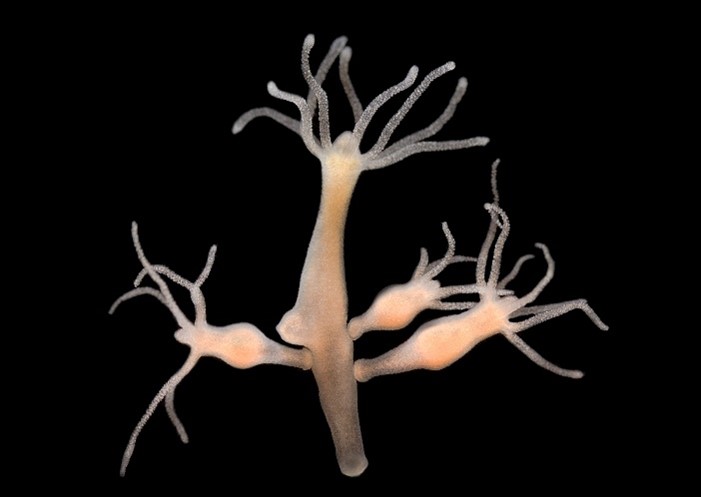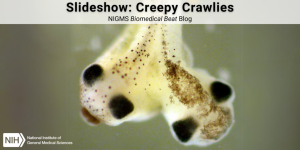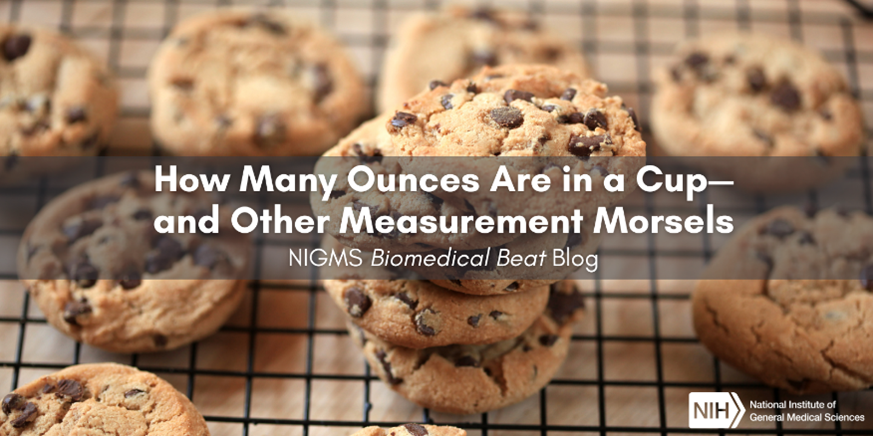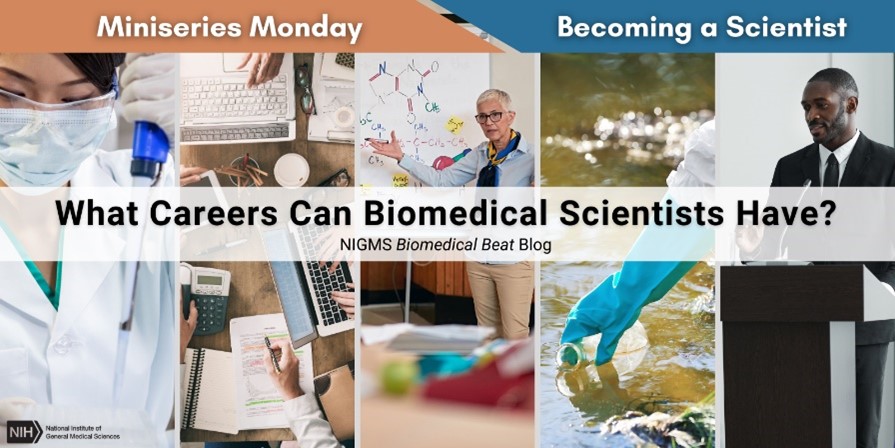
Hydras might look like they’re visitors from outer space, but they’re actually Earth-dwelling animals that can be found in fresh water, like ponds or gentle streams. The body of a hydra consists of a thin tubelike stalk that’s about an inch long with several tentacles extending from one end. Some hydras can grow an armlike extension that eventually pops off the main stem to become a new hydra.
Humans have studied hydras for hundreds of years. Antonie van Leeuwenhoek, one of the earliest known microscopists, first described them in 1703 when he looked at water samples under a microscope. You can see hydras—whose bodies are about the length of a paperclip—without them, but microscopes help researchers see their shape in better detail. Scientists commonly use hydras as research organisms because of their incredible ability to regrow lost body parts after injury through a process called regeneration.
This ability comes from the power of stem cells. Unlike, for example, nerve cells—which don’t usually replicate—stem cells can replicate many times and change into many different cell types in the body during early life and adulthood. Hydras have stem cells within the tissues that line their main body stalk that can become specific cell types, such as nerve cells or mucus-producing gland cells. Most hydra stem cells are ready to respond to injury signals that tell them it’s time to replicate and replace lost body parts.
Stem cells also replace old or dying cells in the body through everyday maintenance of tissues. Hydra stem cells never seem to lose their ability to divide, which allows hydras to live long lives. Under the right conditions, some hydras even appear to be immortal!

Researchers, including some who receive NIGMS funding, study hydras to understand more about how they regenerate lost body parts after injury and how their stem cells never seem to lose the ability to divide. Humans have limited regeneration abilities, like healing broken bones and cuts or scrapes, but can’t regrow lost limbs. Plus, the limited abilities we have slowly lessen with age because our stem cells lose the ability to divide. Studying stem cells and regeneration could help researchers better understand the cellular changes that happen as humans age and develop treatments for damaged organs, or even lost limbs.
The next time you’re near a pond or a stream, think about the small creatures inside that may hold the secret to unlocking new treatments for human injuries.

This post is a great supplement to our hydra coloring page.
Learn more in our Educator’s Corner.







